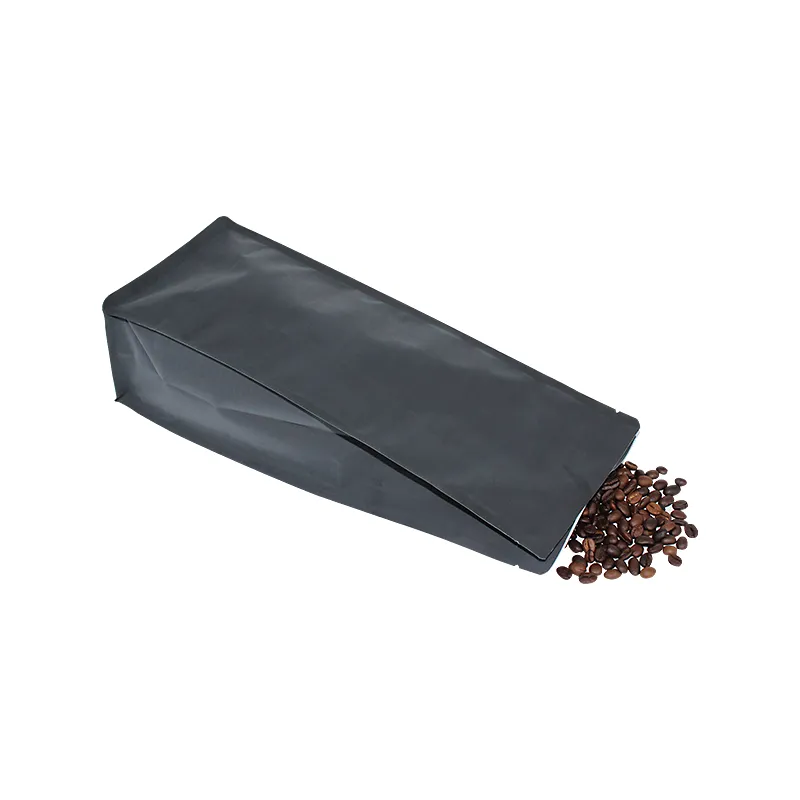- Afrikaans
- Albanian
- Amharic
- Arabic
- Armenian
- Azerbaijani
- Basque
- Belarusian
- Bengali
- Bosnian
- Bulgarian
- Catalan
- Cebuano
- chinese_simplified
- chinese_traditional
- Corsican
- Croatian
- Czech
- Danish
- Dutch
- English
- Esperanto
- Estonian
- Finnish
- French
- Frisian
- Galician
- Georgian
- German
- Greek
- Gujarati
- haitian_creole
- hausa
- hawaiian
- Hebrew
- Hindi
- Miao
- Hungarian
- Icelandic
- igbo
- Indonesian
- irish
- Italian
- Japanese
- Javanese
- Kannada
- kazakh
- Khmer
- Rwandese
- Korean
- Kurdish
- Kyrgyz
- Lao
- Latin
- Latvian
- Lithuanian
- Luxembourgish
- Macedonian
- Malgashi
- Malay
- Malayalam
- Maltese
- Maori
- Marathi
- Mongolian
- Myanmar
- Nepali
- Norwegian
- Norwegian
- Occitan
- Pashto
- Persian
- Polish
- Portuguese
- Punjabi
- Romanian
- Russian
- Samoan
- scottish-gaelic
- Serbian
- Sesotho
- Shona
- Sindhi
- Sinhala
- Slovak
- Slovenian
- Somali
- Spanish
- Sundanese
- Swahili
- Swedish
- Tagalog
- Tajik
- Tamil
- Tatar
- Telugu
- Thai
- Turkish
- Turkmen
- Ukrainian
- Urdu
- Uighur
- Uzbek
- Vietnamese
- Welsh
- Bantu
- Yiddish
- Yoruba
- Zulu
Techniques for Effective Printing on Plastic Surfaces and Materials
Printing on Plastics Techniques, Applications, and Future Trends
Printing on plastics has become an essential process in various industries, ranging from packaging to signage and product labeling. With the rise of consumerism and the need for attractive, durable, and informative packaging, the demand for high-quality printing on plastic substrates is on the rise. This article explores the different techniques used in printing on plastics, the applications of printed plastics, and future trends in this dynamic field.
Techniques of Printing on Plastics
There are several techniques available for printing on plastic materials, each with its own set of advantages and disadvantages. Here are the most common methods
1. Flexographic Printing This is one of the most popular methods used for printing on flexible plastic substrates. Flexographic printing employs flexible relief plates and is known for its ability to print large volumes quickly and economically. It is widely used in packaging, including plastic bags and labels.
2. Screen Printing This method involves using a mesh to transfer ink onto the plastic substrate. Screen printing is particularly effective for single-color prints or designs that require high opacity. It is commonly used for promotional items like tote bags, as well as industrial applications where durability is important.
3. Digital Printing With advancements in technology, digital printing has gained significant popularity. This method allows for high-quality, full-color printing directly onto plastic surfaces. Digital printing is especially advantageous for short runs, customized products, and intricate designs, making it a favorite among small businesses and startups.
4. Pad Printing Pad printing is widely used for printing on irregularly shaped plastic items, such as toys and consumer electronics. This method utilizes a silicone pad to transfer ink from a printing plate to the plastic surface, allowing for detailed graphics and designs.
5. Sublimation Printing This technique is particularly effective on coated plastics. Sublimation printing uses heat to transfer dye onto substrates, resulting in vibrant and long-lasting prints. It is commonly used in creating promotional items, such as custom plastic cards and keychains.
Applications of Printed Plastics
Printed plastics are utilized in various applications across multiple industries. Here are some notable uses
1. Packaging The packaging industry heavily relies on printed plastics to attract consumers and convey product information. High-quality graphics and text can enhance brand visibility, making products stand out on store shelves.
printing on plastics

2. Labels Printed plastic labels are often used for products in food and beverage, cosmetics, and chemicals. They need to be durable, waterproof, and resistant to fading, especially for items exposed to harsh environments.
3. Signage In retail and commercial spaces, printed plastic signs provide essential information and advertisements. They offer weather resistance, making them suitable for both indoor and outdoor use.
4. Promotional Products Many businesses use printed plastics for promotional items like balloons, bags, and giveaways. These items serve as effective marketing tools, helping to enhance brand awareness.
5. Automotive Parts The automotive industry utilizes printed plastics for interior components, dashboards, and nameplates. The ability to print detailed graphics on these parts enhances aesthetics and provides critical information to end-users.
Future Trends in Printing on Plastics
As technology evolves, so does the landscape of printing on plastics. Several trends are shaping the future of this industry
1. Sustainability With increasing awareness of environmental issues, there is a shift towards using eco-friendly inks and recyclable plastic substrates. The development of biodegradable plastics is expected to influence the printing process and materials used.
2. Customization The demand for personalized products is rising. Digital printing technology allows for higher customization capabilities, enabling businesses to offer unique products tailored to individual customer preferences.
3. Smart Printing The integration of technology such as QR codes and NFC (Near Field Communication) into printed plastics is gaining traction. These smart prints can provide consumers with additional product information and enhance engagement.
4. Enhanced Durability Innovations in ink formulations and printing techniques continue to improve the durability and longevity of printed plastics, making them suitable for even more demanding applications.
In conclusion, printing on plastics is a critical process that continues to evolve with advancements in technology, sustainability practices, and changing consumer demands. As industries increasingly rely on high-quality printed plastics, the future holds promising opportunities for innovation and growth in this field.













